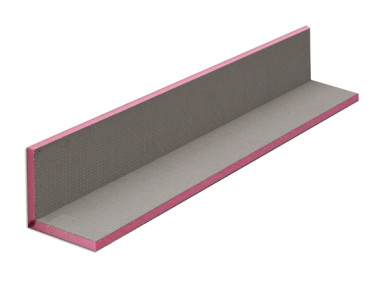Using a router on construction board (e.g. “Wedi”) to make a beveled corner
First of all, is my terminology correct? These are brands of synthetic wood alternatives:
- #Wedi
- #Qboard
-
#Schlüter #kerdiboard
etc.
Is “construction board” the generic name for this stuff? I think some people call them “building panels”. I ask because my search for Invidious (Youtube) vids came up short. I would rather not have a brand-dependent search query because I have to try many queries as it is to try to get this answer.
Qboard offers a factory made corner piece (called Qorner; attached to this post). I was trying to work out how I could do that myself. I’ve never worked with #constructionBoard, nor have I used a router, but I suspect they use a router to cut a “V” in the board without competely bottoming out (but nearly), so the outer skin does not get cut. Has anyone done this?
